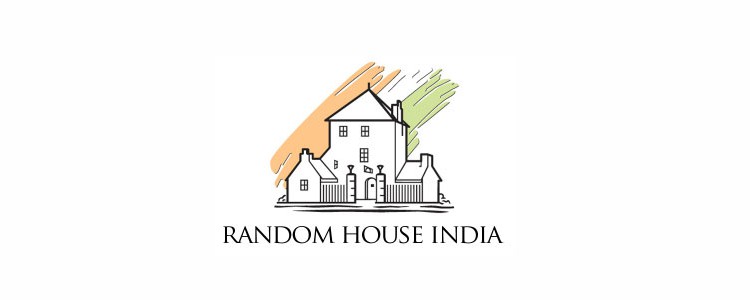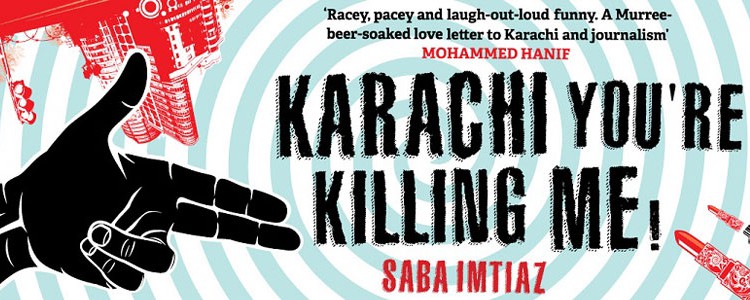Two powerful books of fiction and farmers in India
 For the past few years, India has witnessed a rise in the number of suicides by farmers. The primary reason is the inability to pay of the debt cycle they find themselves in. These could be due to a variety of reasons, some of which are genetically modified seeds that cannot be used for propagation in the next season, poor harvest and displacement due to the construction of dams etc.
For the past few years, India has witnessed a rise in the number of suicides by farmers. The primary reason is the inability to pay of the debt cycle they find themselves in. These could be due to a variety of reasons, some of which are genetically modified seeds that cannot be used for propagation in the next season, poor harvest and displacement due to the construction of dams etc.
Few people have been recording this horrific phenomenon of farmer’s suicides in India, such as award-winning journalist like P. Sainath who has been doing so systematically. He refers to himself as “Rural Reporter”. ( http://psainath.org/) As founder editor he launched a website called, “People’s Archive of Rural India: The everyday lives of everyday people” ( http://www.ruralindiaonline.org/ ) where he and his team have been posting fantastic articles from rural India. But all these articles make for fascinating ( and disturbing) reportage. For such grim issues –farmer suicides and poor compensation for land and harvest destroyed– to make its presence felt in fiction and powerfully too continues be extremely rare. But it does happen.
Sonora Jha makes the suicide of cotton farmers focus of her debut novel, Foreign ( 2013) and Na. D’Souza’s novella, Dweepa ( first published in 1970 in Prakasha, a weekly from Manipal and translated from Kannada into English by Susheela Punitha for OUP in 2013) is about the displacement of farmers in the  Malnad region due to the building of the Linganamakki dam on River Sharavathi. For both writers, gestation of the fiction was grounded in their research and day jobs. As Sonora Jha said to me in an email, “It started as a research project for me. I am a social scientist by training, with a Ph.D. in Political Communication, focusing on the reporting of social movements and social protest. So, I was researching the reportage on the farmer suicides. That’s what took me to Vidarbha, to interview farming families, activists and journalists. There was the pre-Vidarbha research and the post-Vidarbha research. Apart from my interviews, I read everything I could get my hands on.” Similarly, Na D’Souza says in his introduction to the novella, “The problem of submersion of land in the cause of modernization and the ensuing displacement of local people is something that has bothered me for a long time. I worked for about twenty-five years in areas connected with the Sharavathi hydroelectric project…[in the late 1950s]….The film version of Dweepa won the President’s Gold Medal in 2006 besides many other awards.” Even Foreign was shortlisted for the prestigious Hindu Lit Prize 2013.
Malnad region due to the building of the Linganamakki dam on River Sharavathi. For both writers, gestation of the fiction was grounded in their research and day jobs. As Sonora Jha said to me in an email, “It started as a research project for me. I am a social scientist by training, with a Ph.D. in Political Communication, focusing on the reporting of social movements and social protest. So, I was researching the reportage on the farmer suicides. That’s what took me to Vidarbha, to interview farming families, activists and journalists. There was the pre-Vidarbha research and the post-Vidarbha research. Apart from my interviews, I read everything I could get my hands on.” Similarly, Na D’Souza says in his introduction to the novella, “The problem of submersion of land in the cause of modernization and the ensuing displacement of local people is something that has bothered me for a long time. I worked for about twenty-five years in areas connected with the Sharavathi hydroelectric project…[in the late 1950s]….The film version of Dweepa won the President’s Gold Medal in 2006 besides many other awards.” Even Foreign was shortlisted for the prestigious Hindu Lit Prize 2013.
Both books are worth reading and gain significance given how distressingly “topical” they continue to be. Sonora Jha puts it across well when describing why she chose cotton farmers as the focus of her first novel? “I believe that the farmers’ suicides and the farmers’ crisis is a global story and is one of the biggest, most frightening stories of our time. But it isn’t gripping people’s hearts the way other stories of more immediate and glamorous disasters do. I wanted to tell the story in a way that it connected with ordinary readers. … One big purpose for me with Foreign was to get the issue of farmers’ suicides even more in the press, through the back door. Anyone who reviewed Foreign and/or interviewed me had to write about the farmers’ crisis in India. That gives me so much satisfaction.”
And now with the “rational explanations” being provided for land acquisition by the government, the nightmare for Indian farmers seems to be far, far from over.
Read these books. Discuss the issues.
13 April 2015
Sonora Jha Foreign Random House India, India, 2013. Hb. Rs 399
Na. D’Souza Dweepa ( Island) Translated from Kannada by Susheela Punitha. Oxford University Press, New Delhi, India, 2013. Pb. pp. 100. Rs. 195




















